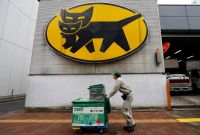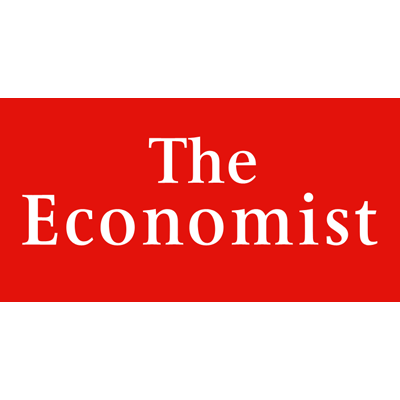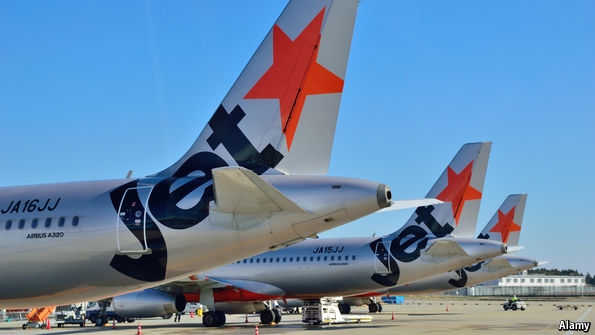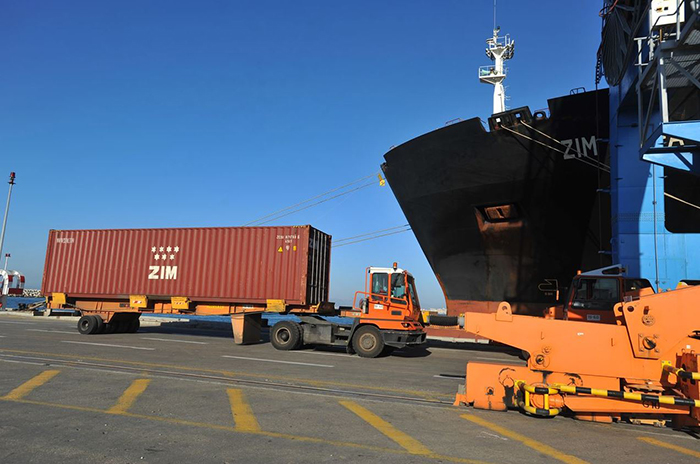VCN – The General Department of Customs has just issued Decision No. 737/QD-TCHQ promulgating an Action Plan to implement Resolution No. 19-2017/NQ-CP dated 06/6/2017 of the Government on the main tasks and solutions to improve the business environment and enhance national competitiveness in 2017, orientation to 2020.
 |
|
Huu Nghi Customs officers (Lang Son Customs) guide enterprises Customs procedures. Photo: H.Nu
|
According to the plan, Customs shall comprehensively carry out the solutions of administration reform, focusing on: Continuing to support and remove difficulties for production and business; Enhancing Customs administrative procedures, shortening processingtime, modernizing and applying information technology in State management; Reducing time to implement administrative procedures, ensuring publicity, transparency and enhancing the responsibility of Customs offices; andcomprehensively reforming regulations on specialized management for imported and exported goods and services in line with international practices.
In particular, the first target is shortening the clearance timefor goods across borders to 70 hours for exports and 90 hours for imports; and improving the rank on cross-border trade implementation time assessed by the World Bank from No. 93 to below No. 82.
At the same time, minimizing papers, shortening the time and reducing the cost of administrative procedure implementation in import-export. Primarily changing the mode of management and specialized inspection on the basis of risk management principles andwide application of international practices; and Computerizing management procedures and specialized inspection; Connecting and sharing information between management and specialized inspection agencies and organizations and Customs agencies.Continuing to complete Customs institutions and laws to create maximum favorable conditions for Customs declarants and taxpayers.
The General Department of Customs emphasized the target by 2020, Customs clearance time for goods across borderswill be less than 60 hours for exported goods and 80 hours for imported goods.
The plan clarifies the tasks of perfecting the Customs law system. Further studying, formulating and submitting to competent authorities and promulgating according to their competence the documents amending and supplementing the document system detailing the Law on import and export duties and Customs Law 2014. Formulating legal normative documents to implement theASEAN Single Window and the National Single Window. Improving the efficiency of specialized inspection for imported and exported goods.
In which, proactively collaborating with ministries and branches to amend legal normative documents relating to Customs specialized management.Particularly, actively coordinating with ministries and branches to speed up the revision of the system of legal normative documents on specialized inspectionin accordance with the Prime Minister’s Decision No. 2026/QD-TTg of November 17, 2015 on approving the project “Solutions to improve the effectiveness and efficiency of specialized inspections for imported and exported goods”. Developing and promulgating a completed list of goods subject to specialized inspectionin the direction of narrowing subjects of specialized inspection and detailing the HS codes; and promulgating national standards and technical regulations for goods subject to specialized inspectionas basis for goods quality inspection.
Also promoting and encouragingorganizations which assess the conformity to join the implementation of the specialized inspection for imported and exported goods in the direction of socialization to add inspection facilities to meet the requirements of strong development of import and export activities, and save State investment resources. Renovating the method of specialized inspections in the direction of creating favorable conditions for import and export activities, reducing costs and shortening goods clearance time.Extending the implementation of specialized inspections with centralized checkpoints at the border gates.
Besides, completion of the National Single Window and ASEAN Single Window: to organize the implementation of the master plan ondeployment of Single Window for 2016-2020; Consolidating and expanding procedures that have joined the National Single Window; Newly deploying the procedures of the ministries and agencies participating in the National Single Window; Deploying electronic payment on the National Portal; Deploying the use of electronic documents issued through the National Single Window when implementing relatedadministrative procedures; and Expanding the e-Manifest system for all seaports and airports nationwide and linking them withthe ASEAN Single Window.
Finalizing and enhancing the effectiveness of the automated clearance system VNACCS/VCIS is also a task that Customs needs to implement well in 2017. Accordingly, the electronic connection and exchange of information on goods at ports to reduce paperwork and improve the effectiveness of State management for goods and containers at the seaports.
Cooperating with commercial banks to expand electronic payments in accordance with Circular No. 184/2015/TT-BTC dated November 11, 2015 of the Minister of Finance prescribing procedures for tax declaration, tax guarantee; tax collection, late payment penalties, fines, fees, charges and other levies for imported and exported, transited goods and means. Formulating the mechanism on origin control, the protection of intellectual property rights and the management regime for appropriate types of goods and means of transport according to the committed roadmap.
In particular, the Customs Offices are step by step effectively implementing online public services at level 3, and striving to the end of 2017 that 100% of public service will be provided online at level 3 and 70% of other public services in key sectors of the Customs will be provided online at level 4.
The General Department of Customs requested the heads of the units and subunits under the General Department to build plans for the implementation of tasks assigned in the Action Plan, and concretize the tasks into solutions, schemes, works, output and completion schedule of assigned tasks to develop the work program of their units.
Concurrently, effectively implementingthe administration reform under the 2017 Administration Reform Plan of the General Department issued together with Decision No. 31/QD-TCHQ dated January 9, 2017, noting to deploy full contents on administration reform under requirements of Resolution 30c/NQ-CP dated November 8, 2011 of the Government promulgating the Master program on State administration reform for 2011-2020 period, ensuring its suitability with the situation, scope and characteristics of the units (from 2017, the General Department plans to carry out the evaluation, grading, ranking for administration reform of the units annually).
Receiving dossiers and returning results of processing administrative procedures through public postal services in compliance with the Prime Minister’s Decision No. 45/2016/QD-TTg of October 19, 2016 under the direction of the General Department. Developing and implementing the 2017 plan on preventing and fighting against corruption, implementing savings and combating wastefulness; and deploying effectively the 2017 plan on administrative procedure control issued by the General Department together with Decision No. 55/QD-TCHQ dated January 11, 2017; Building e-Government according to the annual plan of the General Department.
Enhancing and improving the quality and effectiveness of post clearance audit in accordance with the law. Attaching importance to internal inspection of post clearance audit activities; deploying the application of the ISO quality management system into the operation of agencies and units under the direction of the General Department; Further training and improving the quality of cadres and civil servants; Upholding the spirit and attitude of serving the people; Strengthening disciplines andrules.
Focusing on effectively implementing the scheme on enhancing the reform of regime on public operationsand civil servants in line with the Prime Minister’s Decision No. 1557/QD-TTg dated October 18, 2012; Well implementing regulations on public operations of Vietnam Customs issued together with Decision No. 188/QD-TCHQ dated February, 2, 2017; Consolidating the apparatus to meet requirements of administration reform and change management modes at units and subunits under the General Department of Customs in order to raise the efficiency and effectiveness of State management and carry out the tasks assigned in the Resolution No. 19-2017/NQ-CP
The General Department of Customs also requested the Legal Department to monitor, urge and inspect the units and subunits under the General Department of Customs to carry out the tasks assigned in the Action Plan and promptly report to the General Department difficulties and obstacles of implementation, thereby, proposing solutions to improve national competitiveness within the management scope of the General Department.”
The Customsnews, Customs Electronic Information Portal and Customs Research Bulletin timely publicize operations on deploying and implementing the Action Plan of the General Department for the implementation of Resolution No. 19- 2017/NQ-CP dated February 6, 2017 of the Government.
| To implement Resolution No. 19-2017/NQ-CP of the Government and the Action Plan to implement Resolution No. 19-2017/NQ-CP of the Ministry of Finance, the General Department of Customs issued 11 task groups, 29 measures and 38 outputs in the Action plan. |
By Dao Le/ Huyen Trang



















